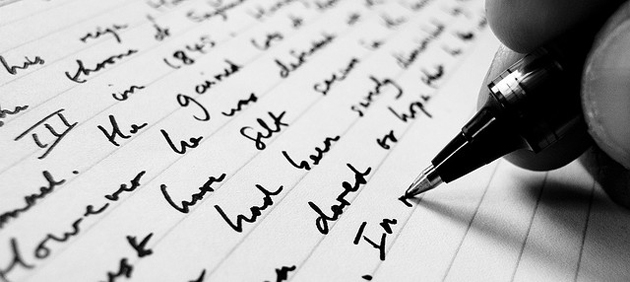 January 2015
January 2015
Finland withdraws cursive handwriting from the curriculum: Dr. Christian Marquardt gave interviews for Spiegel Online and other media
As of 2016, Finnish primary school pupils should primarily learn how to type on a keyboard. Cursive handwriting will only be taught if the teacher wants to. German educational experts are critical of this. Among them Dr. Christian Marquardt, who speaks in interviews with Spiegel Online, Deutschlandradio Kultur (i.e. German culture radio) and other media about the advantages of handwriting.

Spiegel Online: Schulen: Finnland schafft die Schreibschrift ab (i.e. Schools: Finland abolishes cursive handwriting) (Article in German)
Summary: School without handwriting? German experts don't want to think about it. To make writing more legible just by using a keyboard can't be the goal. Dr. Christian Marquardt talked with the Spiegel Online author about how handwriting improves learning and memory. His conclusion: he who thinks about abolishing cursive handwriting from curricula foregoes the development of cognitive and coordinative skills of pupils. But it is also beyond question that German pupils have problems with their handwriting, too. Marquardt gives tips how parents can nurture their children's handwriting: “Two factors are crucial: the right way of practising and motivation.” Parents should encourage playful dealings with writing and letters. It is allowed to write a letter upside down or inverted to test its legibility.
Deutschlandradio Kultur: Können wir auf die Schreibschrift verzichten? (i.e. Can we do without cursive handwriting?) (Article in German)
Summary: Are block letters enough, even if writing on keyboards is getting more and more important? Do we loose one of our cultural assets if we stop teaching cursive handwriting? Those are the questions that arise from Finland's plan to abolish cursive handwriting at schools. Dr. Christian Marquardt distinguishes in this radio report between the reasons for writing. Of course it is easy to enter information digitally via keyboards. But: handwriting differs from simply entering information. It is something very personal and supports memorization and orthography. It is important to keep typing and handwriting side by side. Both methods have their justification.
Other media address the topic as well and refer to a survey conducted by the German Teacher's Association in cooperation with the Schreibmotorik Institut on problems with writing motor skills and handwriting.
Photo: Jonathan Kim / flickr (CC BY-NC 2.0)

